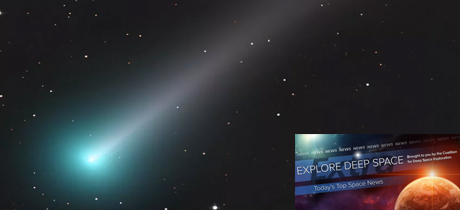In Today’s Deep Space Extra… Axiom Space has been selected by NASA for a second mission to the International Space Station while Boeing is planning to fly Starliner in May 2022.
Human Space Exploration
Axiom gets a second tourist flight to ISS; Starliner OFT-2 Perhaps Will Fly in May 2022
Coalition Members in the News – Axiom Space, Boeing, United Launch Alliance
Spacepolicyonline.com (12/14): In the first of a pair of developments on Monday, NASA announced it has selected Axiom Space for a second mission to the International Space Station (ISS) with four private astronauts in the fall of 2022 or spring of 2023. The announcement comes as Axiom is preparing to launch its first private astronaut mission to the ISS in February. The mission would be commanded by astronaut Peggy Whitson. In the second development, Boeing and NASA updated the status of efforts to launch the CST-100 Starliner capsule on a second uncrewed test flight to the ISS as part of an effort to certify the spacecraft for transportation of astronauts to and from the orbital lab. The Starliner service module with the malfunctioning propellant valves that halted an early August attempt to launch the test flight will be replaced to permit a possible launch in May. The uncrewed test flight must be followed by a successful test flight with astronauts to the ISS in order to achieve certification.
Space Science
Einstein’s theory of general relativity passes one of its toughest tests yet
Space.com (12/13) A study of observations of a pair of super dense neutron stars, made by seven different radio telescopes positioned around the world, offers some of the strongest support yet for Albert Einstein’s theory of relativity, published in 1916. The pulsars reside 2,400 light years from the Earth. The study, based on observations between 2003 to 2019, was published in the journal Physical Review X. The theory of relativity explains gravity as a consequence of space-time’s flexibility: massive objects warp space-time, creating depressions around which other bodies orbit.
Comet Leonard is at its closest to Earth right now. Here’s how to spot it
Space.com (12/12): Comet Leonard, the brightest comet of the year, made its closest approach to Earth on December 12 and should be visible through binoculars and telescopes. Officially known as Comet C/2021 A1 (Leonard), the comet was discovered in January by astronomer Gregory J. Leonard of the Mount Lemmon Infrared Observatory in Arizona. On Sunday, it passed Earth at a range of 21 million miles (34 million km), but is still not visible to the unaided eye, according to EarthSky.org.
Other News
Satellite operators criticize “extreme” megaconstellation filings
SpaceNews.com (12/14): Speaking before the Euroconsult’s World Satellite Business Week gathering on Monday, representatives from satellite operators SES, Eutelsat, ViaSat and Telesat expressed concerns over a lack of constraint over forthcoming plans by multiple global providers filing regulatory notices of intent to launch growing numbers of low Earth orbit satellite constellations. “From an economic standpoint, an overcapacity standpoint, these extreme filings do not make any sense,” said Michel Azibert, Eutelsat’s deputy chief executive.
South Korea, Australia sign MOU on space cooperation
SpaceNews.com (12/13): South Korea and Australia signed a memorandum of understanding (MOU) on December 10 to cooperate on space exploration, launch services, satellite navigation, space situational awareness improvement and Earth observation. The MOU will be effective for five years and automatically renewed if no party puts forward a formal rejection.
China launches second Tianlian II communication satellite
NASAspaceflight.com (12/13): On Tuesday local time, China launched a second Tiantian II tracking and data relay satellite, supporting communications with crewed spacecraft and other satellites.

